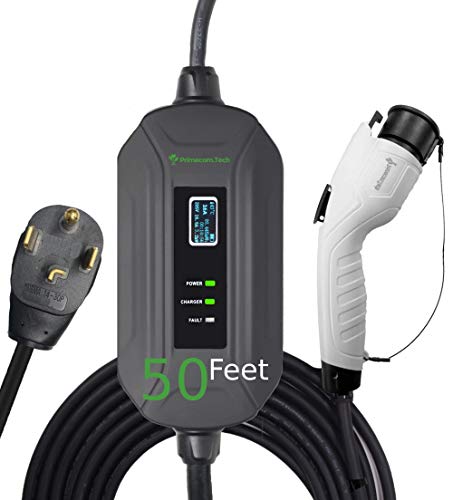AgingHippie
Well-known member
- Joined
- Oct 2, 2017
- Messages
- 46
I don't know if this exists or not, or could possibly be cobbled together with parts.
Say that you want a solar J1772 trickle charger that doubles as a sun shade. You carry the rolled or folded solar panel in the back, and when you park, pull it out and unfold/unroll it from the roof down over the windshield and the hood. Plug in the J1772 cable in the corner. It should include a cable lock of some sort, and there should be a way to tie it down so it won't blow or slide off.
Does this exist? If so, does anyone know where it's sold?
If it doesn't exist, and you wanted to make one, any ideas on where to get the appropriate parts? Assume for the sake of argument that you don't care how much charge it actually generates as long as it's enough to signal the J1772 and put the car in charging state. Also assume for the sake of argument that you don't care how much it costs, just whether it's possible. And assume that you don't care how much carrying it around would reduce your range (although you do care how difficult it is to roll/unroll or fold/unfold, and it must fit entirely on top of the car, including roof/windshield/hood, and it must fit in the back when rolled/folded).
Say that you want a solar J1772 trickle charger that doubles as a sun shade. You carry the rolled or folded solar panel in the back, and when you park, pull it out and unfold/unroll it from the roof down over the windshield and the hood. Plug in the J1772 cable in the corner. It should include a cable lock of some sort, and there should be a way to tie it down so it won't blow or slide off.
Does this exist? If so, does anyone know where it's sold?
If it doesn't exist, and you wanted to make one, any ideas on where to get the appropriate parts? Assume for the sake of argument that you don't care how much charge it actually generates as long as it's enough to signal the J1772 and put the car in charging state. Also assume for the sake of argument that you don't care how much it costs, just whether it's possible. And assume that you don't care how much carrying it around would reduce your range (although you do care how difficult it is to roll/unroll or fold/unfold, and it must fit entirely on top of the car, including roof/windshield/hood, and it must fit in the back when rolled/folded).
























